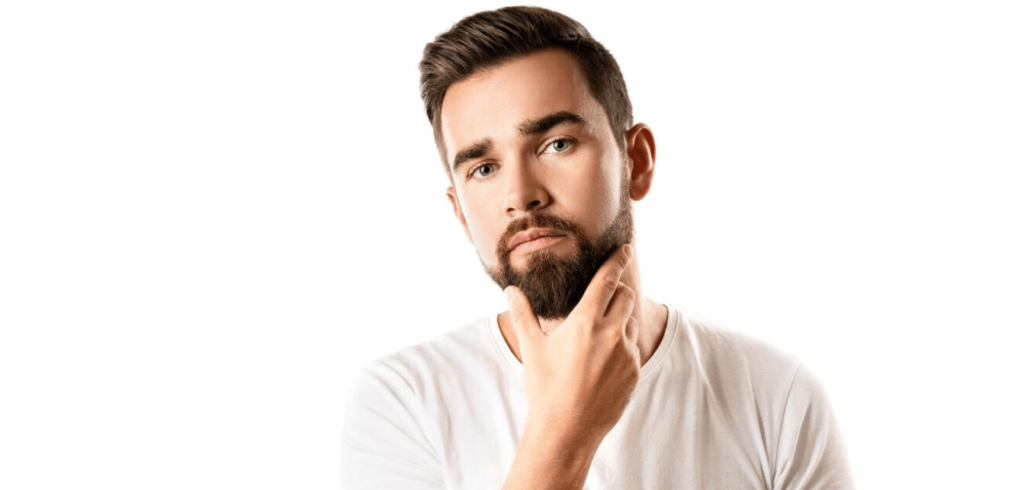
Beard/Moustache is considered to be a symbol of manliness since time immemorial. Even today it has a significant place in men’s style. It would not be an exaggeration to say that the significance of beard or moustache has only increased with time. With Mohawk haircut being in vogue, it would be difficult to find youngsters who don’t sport a complementing beard. On the other hand in some places a beard or a moustache is a mandatory requirement, mostly because of religious reasons. However, not all men are blessed with uniform growth of beard and moustache and many suffer from scanty growth of beard and moustache. It is here where a beard or moustache transplantation assumes significance. Beard/Moustache transplantation is a procedure done on men who suffer from either facial hair loss or sporadic growth of facial hair.
Reasons for facial hair loss in men:
Men may not have adequate facial hair growth due to a variety of reasons; some of them are the following:
- Scars due to accidents, scalding or surgery
- Traction alopecia
- Congenital baldness
- Longstanding alopecia areata
- Deficient hair growth
- Hereditary factors
The absence of thick beard or moustache may weigh heavily on some men and they may feel despondent without the so-called symbol of manhood and strength. Unlike hair transplantation in the scalp, beard or moustache transplantation is a little tricky as hair changes in different areas, calling for greater experience and expertise of the surgeon. Before the actual procedure takes place, the surgeon should plan the whole procedure meticulously and understand the natural pattern of hair growth. The pattern of beard and moustache transplantation is different for each person, hence requiring greater care in customization and detailing. Today, with the advancement of technology, most of the beard or moustache transplantation is fortified with growth factors for faster, denser and more natural results.
Preoperative consultation:
Like all transplantation operations, before the procedure, the surgeon will examine the patient, especially the area where the operation is intended. A detailed examination of the patient is very important to determine the number of grafts required for the proposed area that goes under the knife. Two main aspects that are considered during a preoperative consultation is the compatibility of the recipient area and availability of hair grafts in the donor area. Hair growing directions are vital to be considered to before the procedure for a seamless, natural-looking result.
How the procedure is carried out?
The procedure is more or less similar to the hair transplantation over the scalp. The transplantation is performed under local anesthesia. Hair for the procedure is harvested from the donor site, mainly from the back of your head, between two ears. This area is preferred because of the similarity in texture to beard and mustache hair.After this, the extracted strands are transplanted one by one on the patchy or bald areas of the recipient’s face. Positioning of the hair follicle at the proper depth and at the correct angle is crucial for the success of the surgery. Like in hair transplantation, the procedure is pain-free and the recipient is not left with any scarring or stitches after the surgery. The principal advantage of this procedure is because of the abundance of the hair from the donor area, almost all hairless patches can be covered in a short span of time. Beard/Moustache transplantation usually delivers very satisfying outcomes. The facial hair thus transplanted can be shaved and trimmed like natural hair. If a particular style demands for certain amount of thickness in facial hair, beard/moustache transplantation comes quite handy as density in a particular spot can be increased to suit the patient’s need.
Post-operative care:
You can have semi-solid food post surgery. Soft foods and liquid diet are preferred over the next couple of days to aid the healing process. There can be some amount of swelling in the face which would disappear over the next couple of days.
Recovery post-surgery:
In about two week’s time the transplanted area in the beard or moustache will look natural. The recovery in the scalp area from where the hair grafts are taken will also be fast, in about a fortnight’s time you will get the appearance you had prior to surgery. It may take six months to see the complete benefit of a beard/moustache transplantation. You will have thick, intensive and natural-looking hair growth in about twelve to eighteen weeks’ time
To sum up, the dream of having an intensive and natural looking beard and moustache need not remain just as dream; it is very much possible with beard/moustache transplantation.
For Enquiries and Online Appointments
For more detailed information about Beard/Moustache Transplantation, please send us a message today.

